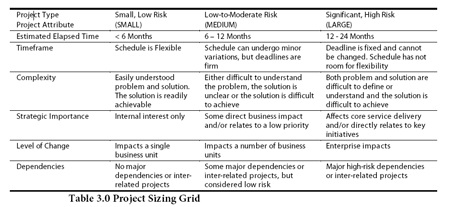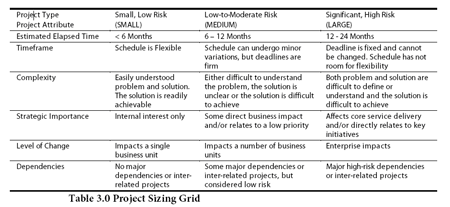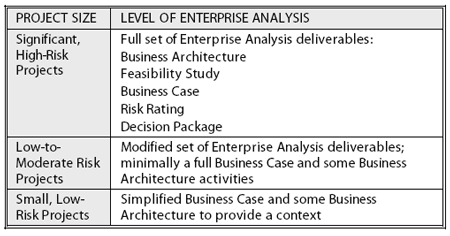
BA Survival Guide. Part 1
A project is in trouble. You have been volunteered to help clean it up. A million details are spinning out of control, generating constant debate. Political egos have intervened, to no good effect, as they understand the details even less than the stakeholders and the project team.
There is just enough confusion and frustration that you see an opportunity to influence the egos to “re-set” thinking along clearer lines and key priorities. But how do you know what clearer lines are? Do you just express YOUR opinion about the details, and imagine that your opinion will suddenly be persuasive? How do you back your opinion up? Why are you qualified to lead or influence?
One answer suggests that you are qualified, because as a BA, you know how to raise your point of view. You can rise above the trees, to see the forest, and the coastline, and the mountains, and the sinkholes. Let’s look at how BABOK offers one platform high enough and wide enough to survey the situation. It is time to RTFM (Read The Pretty Manual).
BABOK offers a key diagnostic tool in the form of two tables, displayed below:


The trick to diagnosing is to size the project using the project sizing grid, and then consider whether the Enterprise Architecture artifacts are up to snuff – a gap analysis. At this point you review the BABOK EA sections (we all remember reading, yes?), using them as a checklist – any activities that were not performed can be considered as a possible approach to reducing the project confusion.
On many projects, this is easy – Any EA of value is simply missing, and in its place is some executive “vision” document. This vision document is often not questioned for political reasons (yes, I am talking about YOU, YOU know who you are, discouraging examination of your “brilliance”), EVEN THOUGH less is known about the problem at “vision time” than will ever again be the case.
In cases like this, the solution to managing complexity may be to figure out enough EA to fill critical gaps and re-set priorities. Don’t fall for the trap of believing that this must delay the project by another year – ANY EA is better than none, and a parallel track team can be set up to generate the highest priority EA, if necessary.
In one organization, document management had been considered for over 20 years. Every committee, every project, got wrapped around the axle of complexity, legal issues, departmental egos (we don’t do that!), and side issues (document archive retention contracts, much more). In the process, some EA was created, but there was almost NO business process/architecture devoted to the “document” problem. One diagram was created, showing the “AS-IS”, where it could take weeks to get a document, and suddenly the committee came together, and the project is underway.
On other projects, it may be sufficient to “re-visit” the EA – perhaps the business case needs modification, after all, some unanticipated risk has emerged, there may be a key business process “AS-IS” or “TO-BE” that was not described properly, perhaps a feasibility “SWAT” team can resolve important technical issues.
In the event that EA is NOT the issue, it may simply be that complexity is – some problems are too big to solve, yet sometimes we must try. The solution here will require digging deeper into BABOK, and deeper into other best practices – stay tuned for BA Survival Guide. Part 2.
More shall be revealed; keep the feedback coming to [email protected].
Have fun!
© 2009 Marcos Ferrer
Dried Mushrooms
… [Trackback]
[…] Information to that Topic: batimes.com/articles/ba-survival-guide-part-1/ […]